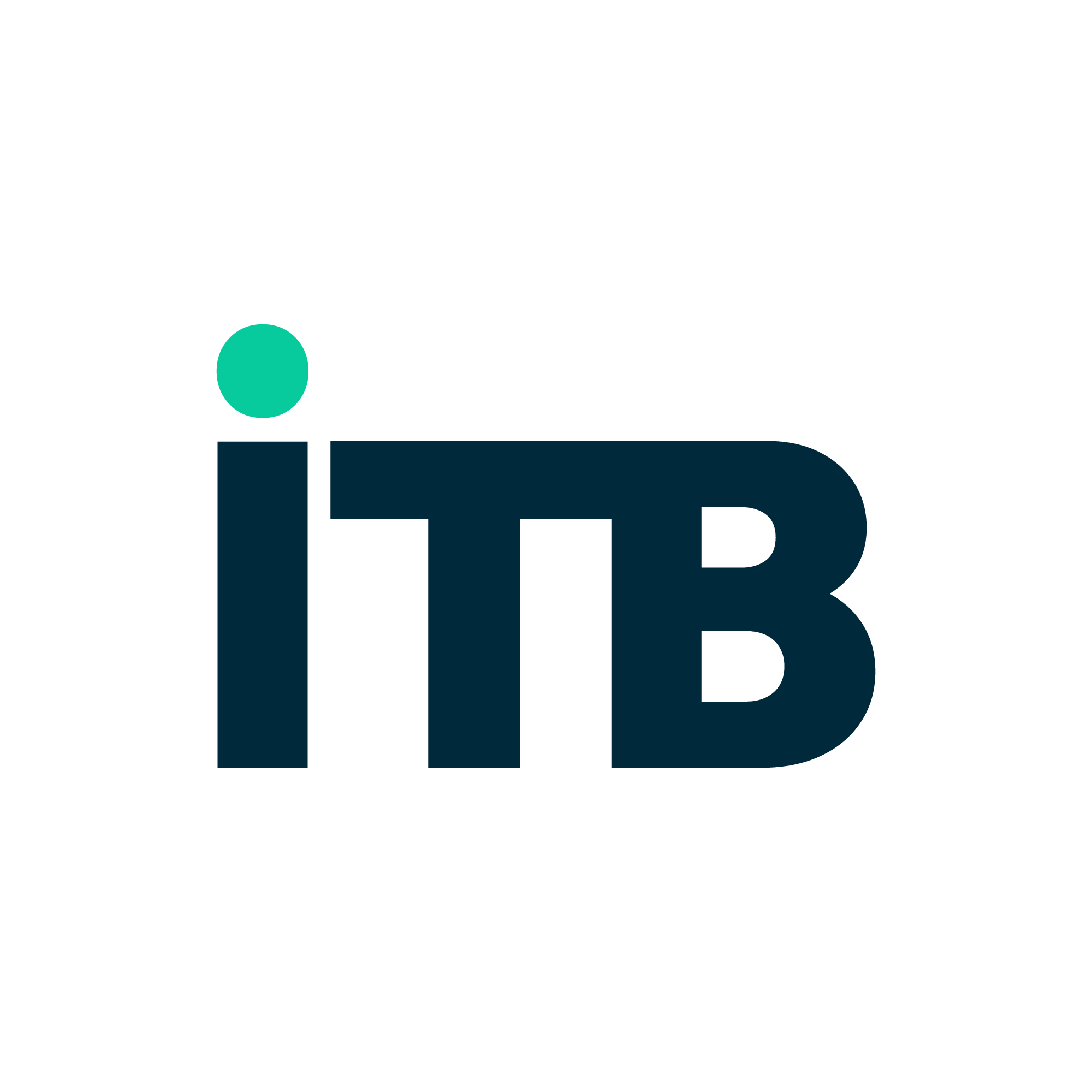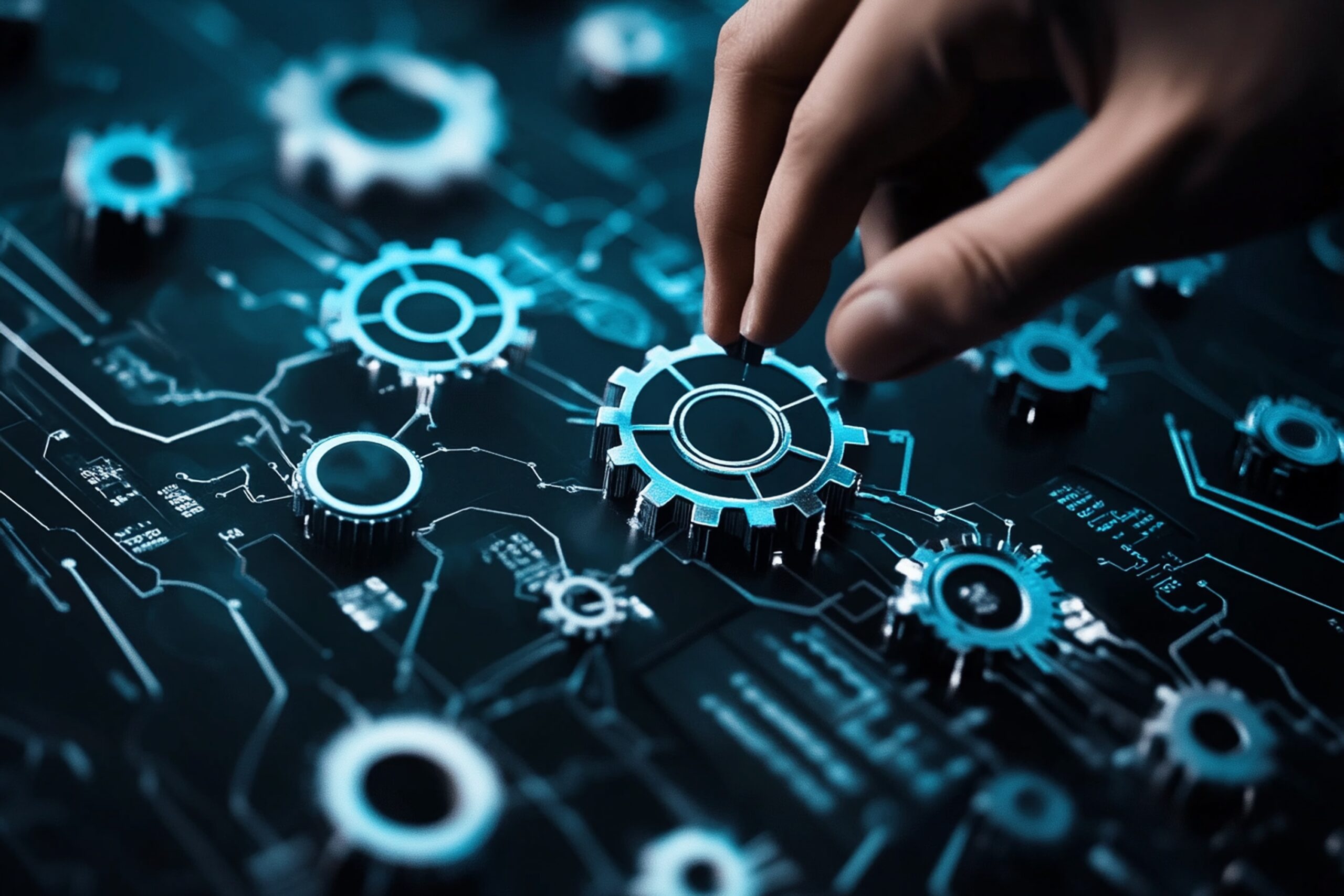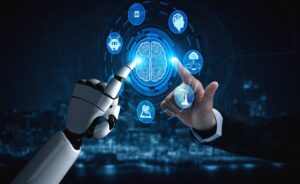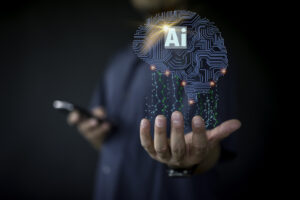In the digital economy, IT departments have moved far beyond keeping the lights on. They are now critical drivers of innovation, efficiency, and competitive advantage. And at the center of this transformation? Artificial Intelligence (AI).
AI is reshaping IT operations at every level — from automating repetitive tasks to optimizing performance and even fueling entirely new ways of thinking about technology solutions. The organizations that harness AI’s full potential aren’t just moving faster; they’re moving smarter. Let’s explore how AI is automating, optimizing, and innovating within the IT world.

Automating the Backbone of IT
Automation has always been an IT goal, but traditional automation only scratched the surface — handling clearly defined, repetitive tasks through scripts and rules. AI-driven automation takes things much further.
Self-Healing Systems: AI can detect performance drops, failures, or configuration errors and fix them autonomously without human intervention. Imagine a server automatically reallocating resources or rebooting components before users even notice an issue.
Smart Ticketing and IT Support: Virtual agents and AI chatbots are now resolving Level 1 support queries, classifying help desk tickets, and even predicting which tickets will escalate — improving response times and reducing the burden on human IT teams.
Predictive Maintenance: Instead of reacting to equipment failures, AI predicts when hardware or software might fail, allowing proactive maintenance and minimizing downtime.
Through intelligent automation, AI is helping IT departments become faster, more reliable, and less reactive — freeing up teams to focus on higher-value tasks.
Optimizing Systems for Peak Performance
Beyond task automation, AI plays a crucial role in optimizing IT infrastructure and services to ensure maximum efficiency.
Resource Management: AI continuously monitors servers, cloud platforms, and applications to balance loads, allocate bandwidth, and optimize storage usage dynamically. It ensures that systems always perform at their best — without overprovisioning resources or creating bottlenecks.
Network Performance: With real-time analysis of traffic patterns, AI can spot and fix network inefficiencies, recommend routing changes, and even predict congestion before it happens.
Application Optimization: AI tools can analyze how applications perform across different environments and recommend code improvements, scaling adjustments, or deployment tweaks to maximize speed, reliability, and user satisfaction.
In essence, AI makes IT smarter by learning from patterns, adjusting strategies, and fine-tuning systems — often faster and more precisely than any human team could.
Driving Innovation Across IT
While automation and optimization improve today’s operations, innovation is where AI’s real magic shines for the future of IT.
New Service Models: AI enables IT teams to offer services like predictive analytics, intelligent cybersecurity, and hyper-personalized user experiences — services that would have been impossible (or prohibitively expensive) just a few years ago.
Smarter Security Solutions: Traditional security models focus on past threats. AI-powered security learns in real time, detecting anomalies, spotting new attack patterns, and responding autonomously — creating a more resilient security posture.
AI-as-a-Service (AIaaS): Cloud providers now offer AI capabilities as modular services, allowing IT departments to integrate machine learning, natural language processing, and computer vision into applications without building AI expertise from scratch.
Moreover, AI encourages a culture of experimentation. By automating routine tasks and providing deeper insights, IT teams can dedicate more time and resources to R&D, piloting innovative solutions, and contributing directly to business growth.
Real-World Examples of AI in IT
Many leading organizations are already showcasing the power of AI in IT:
Netflix uses AI-driven algorithms for predictive maintenance on its cloud infrastructure, ensuring streaming remains seamless for millions of users.
IBM’s Watson powers AI-enhanced IT service management, enabling predictive insights and automated incident resolution.
Google Cloud’s Active Assist uses AI recommendations to optimize cloud operations, reducing waste and improving performance across millions of workloads.
These examples aren’t future-looking — they’re happening now, setting a new standard for what modern IT can achieve.
Challenges to Navigate
While the potential is enormous, integrating AI into IT comes with its hurdles:
Data Governance: Ensuring the quality, privacy, and security of data that trains AI models is critical.
Skill Gaps: Managing and interpreting AI systems requires new skills that many IT teams are still developing.
Ethical Considerations: As AI makes more decisions autonomously, questions around transparency, bias, and accountability become increasingly important.
Organizations that invest early in addressing these challenges will be better positioned to scale AI initiatives successfully.
AI is no longer a “nice-to-have” in IT — it’s becoming fundamental. By automating repetitive tasks, optimizing complex systems, and driving meaningful innovation, AI enables IT departments to evolve from operational hubs to strategic engines of growth.
The future of IT isn’t human vs. machine — it’s human + machine, working together to solve bigger problems, move faster, and create lasting impact.
In this new era, the question isn’t whether AI belongs in IT — it’s how fast you can adapt to make the most of it.




